Just choose one of these sites to drop down the information,
to Know more about Jordan Historical Sites to define which paradise you want to visit.
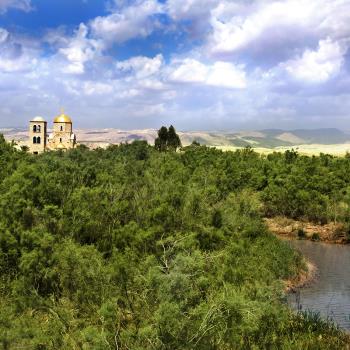
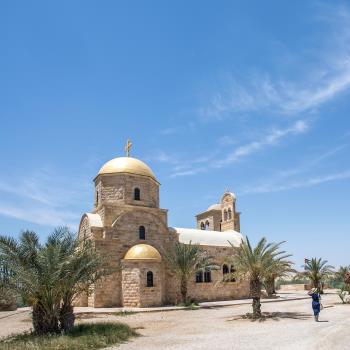
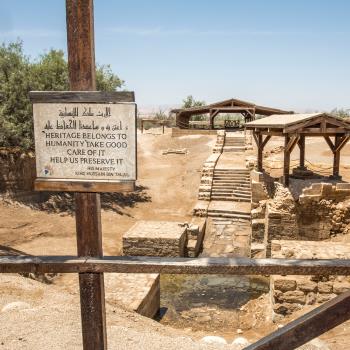
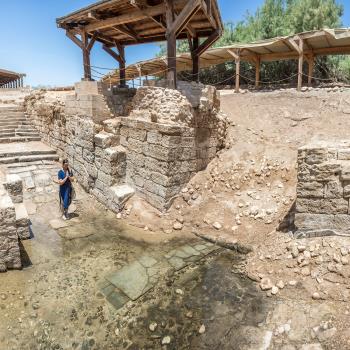
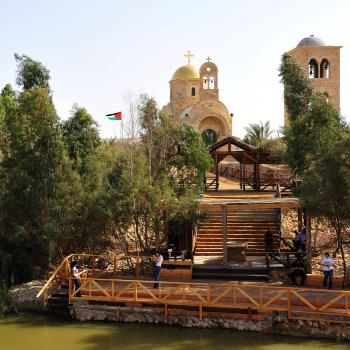
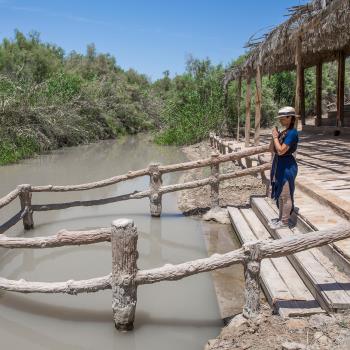

Bethany
Maqdas, Bethany Baptismal Site Biblical archaeologists, working from clues supplied by the Madaba mosaic map, believe this to be the spot where John the Baptist lived and worked, and where Jesus was baptized in the waters of the Jordan River. Geographically this makes sense; located on the east bank of the Jordan River just a few kilometers above the Dead Sea, and between the Judean desert and the Moabite wilderness, the Bethany site is very close to Herod’s favored hot springs retreat Maqdas, Bethany Baptismal Site
Biblical archaeologists, working from clues supplied by the Madaba mosaic map, believe this to be the spot where John the Baptist lived and worked, and where Jesus was baptized in the waters of the Jordan River. Geographically this makes sense; located on the east bank of the Jordan River just a few kilometers above the Dead Sea, and between the Judean desert and the Moabite wilderness, the Bethany site is very close to Herod’s favored hot springs retreat at Callirhoe, and just beneath the mountain fortress of Mukawir. The Herodian castle of Mukawir is where Salome performed her famous original version of the “Dance of the Seven Veils,” and where John the Baptist was subsequently beheaded.
Certainly one can safely say that the earliest Christian pilgrims held this to be the official Baptism site. There are extensive and enormous terra cotta water channels to divert the Jordan River’s flow into huge cisterns, which in turn have outlets into a number of baptismal fonts outside the cluster of churches on the hilltop about 2 km away from the modern banks of the River Jordan. The “upper site” at Maqdas contains excavated remains of these cisterns, fonts and churches, impressively large enough to accommodate a steady stream of pilgrims and dating from the 3rd and 4th Centuries. The most recent addition to this upper site is a modern archway commemorating the pilgrimage of Pope John Paul II to this site in March 2000. Pope Benedict XVI visited in May 2009, and blessed the foundation stones of the Latin and Green Melkite churches on the site.
The “lower site” contains a winding pathway through a refreshing forest of tamarisk trees and high reeds, affording cool shade even in the blazing days of summer. Along the way you’ll pass a spring identified as “Elijah’s Well.” The ancient river-side church of St. John is now complimented by modern churches where baptisms and religious services can be scheduled.
The extensive water channels, cisterns and baptismal fonts, as well as the impressive size of the very early (3rd-4th Century) pilgrimage churches on this site, certainly suggest that this is where the earliest Christian pilgrims believed the Baptism took place. The walk past “Elijah’s well” to the St. John church on the banks of the Jordan is a pleasure in itself, as you follow the winding trail through marshes of high reeds and tamarisk trees.
Religion, archaeology, nature…….Bethany is an interesting stop on many levels.




























